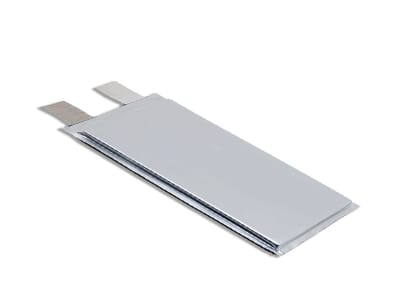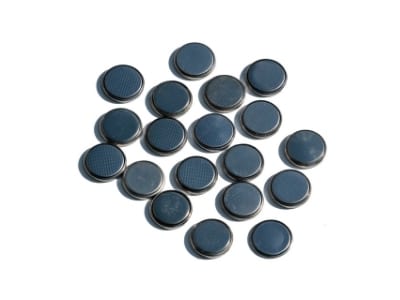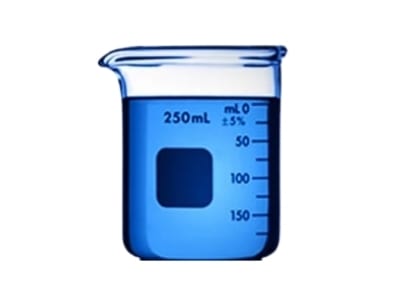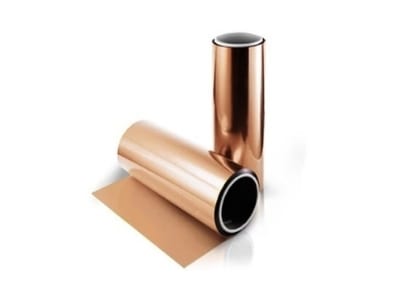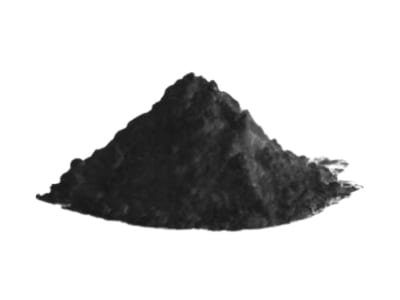Process of Manufacturing Cylindrical Cell
Step 1: Electrode Sheet Preparation
- Use furnace to sinter raw cathode active material and anode active material.
- Use milling machine to mill materials into smaller-sized particles.
- Mix active, conductive and binder material into paste under vacuum using mixer.
- Use a coater to coat paste onto current collector to create electrode.
- Use a heater to dry the newly-created electrodes.
- Use the rolling press (calendar) to roll the electrode to required thickness.
Step 2: Li-ion Cell Assembly
Winding Method
- Use Slitting Machine to slice electrode sheet into strips.
- Weld current collector and tab together using Ultrasonic Welding Machine.
- Use Winding Machine to wind strips of Anode, Separator and Cathode into cell core.
- Use Short-Circuit Detector to test the cell’s integrity.
- Dry the cell using a vacuum oven.
Step 3: Formation & Sealing of Battery Case
- Use Deep Spot Welding Machine to weld one tab from the cell to the bottom of the closing end inside cylinder case.
- After inserting the cell core, use Grooving Machine to groove cell case and fix location of battery core for later sealing.
- Use Welding Machine to weld the other tab from the cell to the cap.
- Fill the case with electrolyte in vacuum/globe box using Electrolyte Filling System.
- Insert & align the cap to open end of case and seal the opening using Sealing Machine inside glove box.
- Using Battery Analyzer, charge and discharge the assembled battery to activate the cell.
- Wrap the case with heat-shrinkable PVC for isolation of positive & negative terminals.
Step 4: Battery Testing
- Test the newly-created battery’s performance using a Battery Analyzer.
- Use an Impedance Tester to measure the battery’s internal resistance.
Working alongside organizations including Electrochemical Society and NAATBatt, we’re focused on helping battery manufacturers commercialize ambitious new energy storage technologies.
Related Battery Materials
Pouch Cell Manufacturing
Lithium-ion Pouch Cell Manufacturing can be broken down into 4 stages: Electrode preparation, Cell assembly, Case formation & sealing, and battery testing.
Coin Cell Manufacturing
Lithium-ion coin cell manufacturing process using li-ion battery R&D equipment. Fabrication involves 3 simple steps.
Electrolyte Solutions
High performance battery electrolyte solutions. Produced with LiPF6 salt and a high phosphorous content flame retardant, DMMP.
Copper Foil
An anode foil portfolio of copper current collectors including Electrodeposited (ED), rolled annealed (RA) and roll-clad Cu foils.
Cathode Materials
Cathode materials for li ion battery manufacturing. Products include binders, foils, and cathode active materials (NMC, NCA, LMO, LCO).
Graphite Anode Materials
Battery grade graphite powders for li ion cells manufacturers. Products include natural, artificial and composite graphite.
